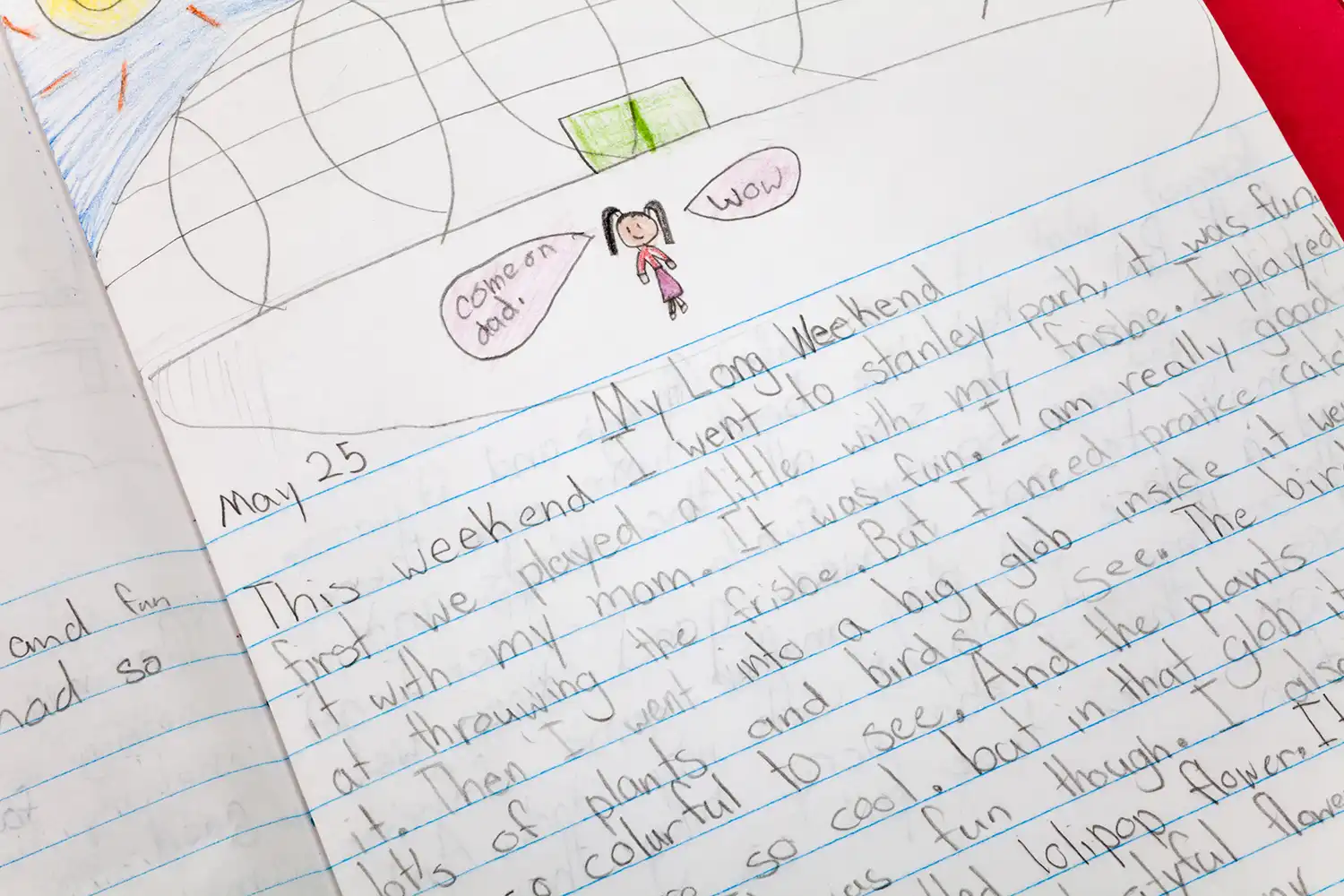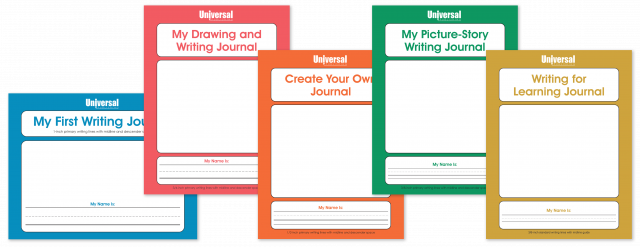
The Benefits of Journaling in the Classroom
Research shows that putting pen to paper helps us both remember and comprehend information, which makes handwriting a valuable learning tool. Every day, students write to learn, and there are many ways to incorporate writing into the classroom. One method that works across the curriculum at any age is journaling.
Kay Burke, author of How to Assess Authentic Learning, states:
“Journal writing provokes more reflection and encourages students to take charge of their learning and their feelings. Journals help students make connections between what is really important to them, the curriculum, and the world.”
Whether it’s language arts, math, science, or other subjects, journaling in the classroom offers a variety of benefits for students and teachers alike.
In a Master of Arts dissertation from Saint Xavier University, researchers found that journaling increased trust between students and teachers. Journaling also resulted in students sharing their opinions more openly with each other. The study reports that:
“In reflecting on their own thinking process, students will become adept at recognizing the importance of self-exploration, questioning, and connecting. When this reflection is in written form, students have a source of dialogue prepared for use during class discussions or when asking questions.”
Journaling helps students to be less restrained when expressing themselves. It also gives students time to organize their thoughts and prepare responses, which can give them the extra confidence they need to participate in classroom discussions.
Journaling is also a way for teachers to learn more about their students. According to Language Connections: Writing and Reading Across the Curriculum, “Journal writing works because every time a person writes an entry, instruction is individualized.” The book also states, “The journal records the student’s individual travel through the academic world.” Journals are a great assessment tool for teachers! They reveal the students’ level of comprehension, as well as what students require in order to improve problem areas.
Journaling in Your Classroom
If you’re thinking about implementing journals in your classroom, here are some tips to help maximize the benefits:
- Be consistent. Regular journaling will help your students become comfortable with the practice. You may want to set aside a special time for daily journaling or ask students to journal following a particular lesson. Try to allow journaling time at least once or twice a week (or every day if you can fit it in!). Be sure to give students at least 10-15 minutes to write so they don’t feel rushed.
- Give direction. Make sure your students have a clear understanding of what and how you expect them to write. Set a minimum number of words, sentences, or paragraphs (for younger students, they can draw a picture and, if they’re able, write a word or two about their picture). Ask students to write persuasive, narrative, or expository pieces so they can practice those forms of writing. Mix it up to keep students interested and engaged – just be sure to give clear directions for each journaling assignment.
- Use writing prompts. Writing prompts provide students with a clear goal as to what you expect them to write about. They also provide you with a way to evaluate what they’re taking away from a particular lesson. You will be able to see which aspects of a lesson resonate with them, what they have remembered, and what they connected with. You can also assign prompts that don’t necessarily align with a specific lesson but allow you to get to know your students better: What’s your favorite holiday? What do you want to be when you grow up? Describe the strangest dream you ever had.
- Use free writing. You may also want to ask students to free-write on occasion. Leave the subject and content completely up to them; just give them some time to write about whatever they want. If they’re struggling to figure out what to write about, they can even write about the fact that they don’t know what to write about: Why are they stumped? How does that make them feel? (Okay, technically that would be a prompt, but sometimes you do have to get the ball rolling.) Just get them to put that pencil to paper, because the more often they write the easier writing will become.
- Review students’ work. Regularly review your students’ writing and provide responses where appropriate. Grading your students’ journal writing may cause them to feel pressured and not be as open in their responses. However, informal assessments will help you monitor student progress and determine whether the goals of this practice are being met.
- Encourage self-evaluation. Have students assess their own work. This can be a journaling assignment in itself! Ask them to review their previous journal writing and choose their favorite and least favorite pieces. They can then write about why they chose these pieces and how they might complete future journaling assignments differently based on this evaluation.
And remember: Be patient! Some students may be resistant to journaling at first. However, many teachers find that students come to appreciate the benefits of journaling and actually request that the practice continue!




